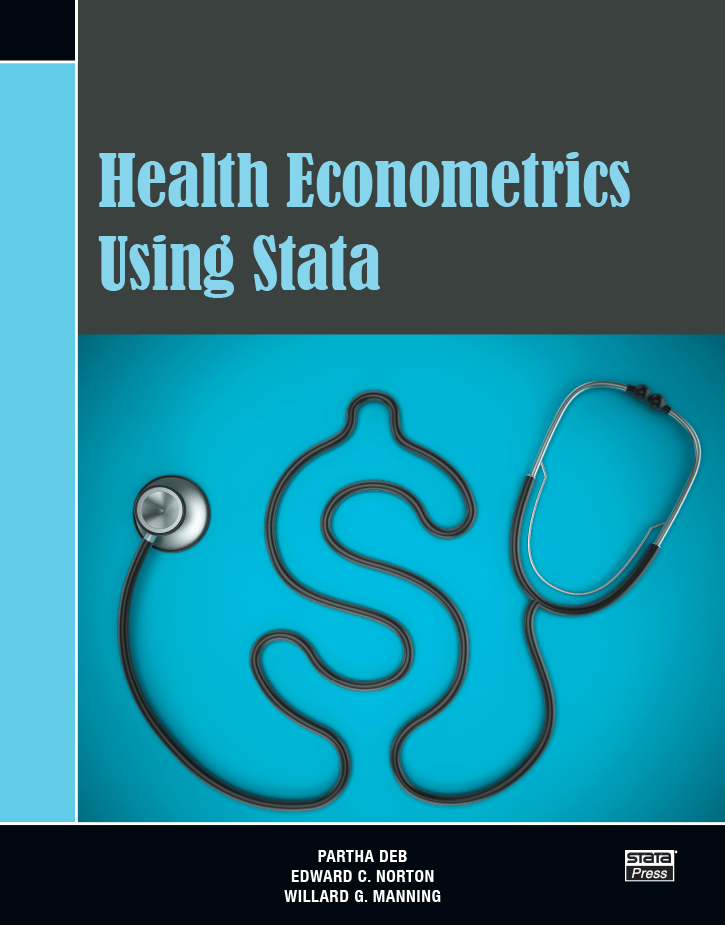If the title of an article is about "inequality", our brain starts thinking inmediately about equality, with some moral background. It's unavoidable. If the title is "diversity and differences", than we admit it as statement. I would suggest to have a look at this interesting article in PNAS that compares what happens in society and in nature, please forget any previous influence of values.
As a first illustration of the similarities of patterns in nature and society, consider the wealth distribution of the world’s richest individuals compared with the abundance distribution of the Amazon’s most common trees (Fig. 1 A and B). The patterns are almost indistinguishable from one another. For a more systematic comparison, we also analyzed the Gini indices of a wide range of natural communities and societies (Fig. 1 C and D). The Gini index is an indicator of inequality that ranges from 0 for entirely equal distributions to 1 for the most unequal situation. It is a more integrative indicator of inequality than the fraction that represents 50%, but the two are closely related in practice (SI Appendix, section 3). Surprisingly, Gini indices for our natural communitiesThis is only a statement that you can confirm.
are quite similar to the Gini indices for wealth distributions of 181 countries (data sources listed in SI Appendix, section 1).
Our analysis suggests that even if all actors are equivalent, in the absence of counteracting forces, there is an intrinsic tendency for significant inequality to arise from multiplicative chance effects. Although the surprising similarity between inequality of species abundances and wealth may have the same roots on an abstract level, this does not imply that wealth inequality is “natural.” Indeed, in nature, the amount of resources held by individuals (e.g., territory size) is typically quite equal within a species.Now the metaphor has been clarified. Differences in wealth does not imply that are "natural". Fortunately our country is less different now than before. We have moved from a Gini of 33 in 2013 to 31.4 in 2016, quite good. You'll not find this reflected in any newspaper -it seems that this statement does not sells issues-, though these are the official figures.
